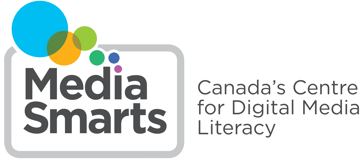
I Heard It ‘Round the Internet: Sexual health education and authenticating online information - Lesson
Students will consider the use of the Internet as a research tool and learn how to use search engines more effectively. They then apply these new found skills to investigating popular myths about sexuality and contraception.

Can You Spot the Ad?
In this lesson, students will learn about the concept of branded content and will learn to differentiate between branded images and videos and non-branded images and videos in online and offline contexts through a series of questions and discussions.

Authentication Beyond the Classroom
In this lesson, students discuss “viral” photos, videos and news stories that spread via social media. They are shown how challenging it is to authenticate these using only their content and are introduced to tools and techniques for gauging their accuracy based on context, with an eye towards making wise and responsible decisions about whether or not to forward them to their friends and family.

Reality Check: The Game
On the internet, it can be hard to tell what’s true and what’s false—but we have to make a lot of decisions based on how reliable we think things are. In Reality Check, you’ll learn how to find clues like finding where a story originally came from and comparing it to other sources, as well as how to use tools like fact-checking sites and reverse image searches.

Break the Fake Tip #4: Check other sources
This step may sometimes be the last one you do, but it could also be the first. The News tab is better than the main Google search for this step because it only shows real news sources. While not every source that’s included is perfectly reliable, they are all news outlets that really exist.
